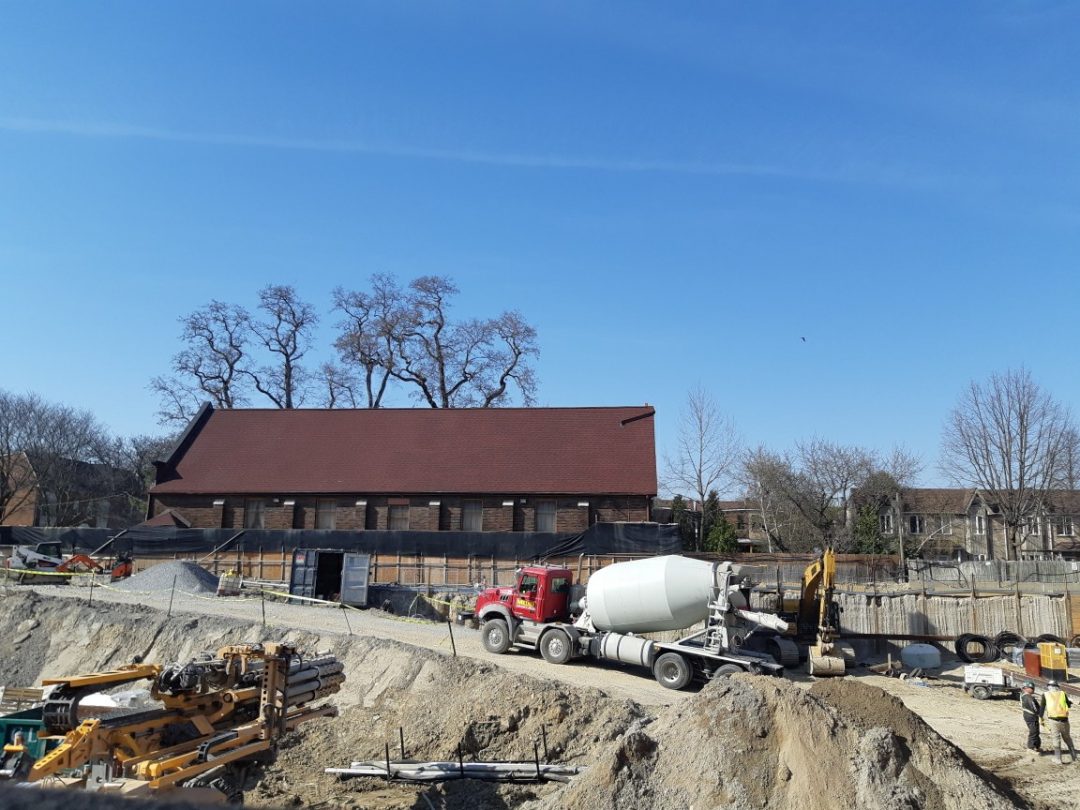When the Toronto and Guelph Railway Company (later Grand Trunk) was incorporated in 1851, Samuel Scarlett offered to give the railway a right-of-way through his extensive property the
Etobicoke side of the Humber Large property. Owners of
village [of Weston] on the east side the Humber River went
Samuel Scarlett one better by buying sufficient property in addition to what they owned, to give the railway a right-of-way
through the community.
..first railway which brought industry to Weston. This enterprising action secured the Grey and Bruce (CPR came later using the Grand Trunk The Toronto track from Weston to Toronto with a third rail in between because it was a narrow gauge railway
John Scarlett’s desire to sell land to the railroad was not ful-
filled until the late 1870’s when the Credit Valley railroad built its
line from London to Toronto paralleling Dundas Street. Service on the line began September 19, 1879.
Both lines, however, gave through service, and, except for a small
station on Davenport, there were no stops in the area. Aside from fulfilling some land speculators dreams, the railroad not yet have impact on the Junction.
The railways’ impact on the Junction began with the purchase of the Credit Valley and the Toronto, Grey and Bruce by the Canadian Pacific Railway (C.P.R.) Thus, was competing with the Grand Trunk: later bought by the Canadian National Railway (CPR.), for the western entrance to Toronto. The also wanted an eastern approach to onion Station for its Ontario and Quebec Division operating between Toronto and Montreal. It was not able to obtain one, it chose the only other option it built a line north of the city, paralleling Davenport Road, that would meet with its western approach, allowing Montreal trains to enter and leave Toronto from the west. The line was completed
May 10, 1884(Salmon, 1961.
It is not coincidental that the three major rail routes into the
Junction—west from Lambton, northwest from Weston, and east skirting the northern edge of Toronto—paralleled the three major roads through the Junction—Dundas, Weston, and Davenport.


